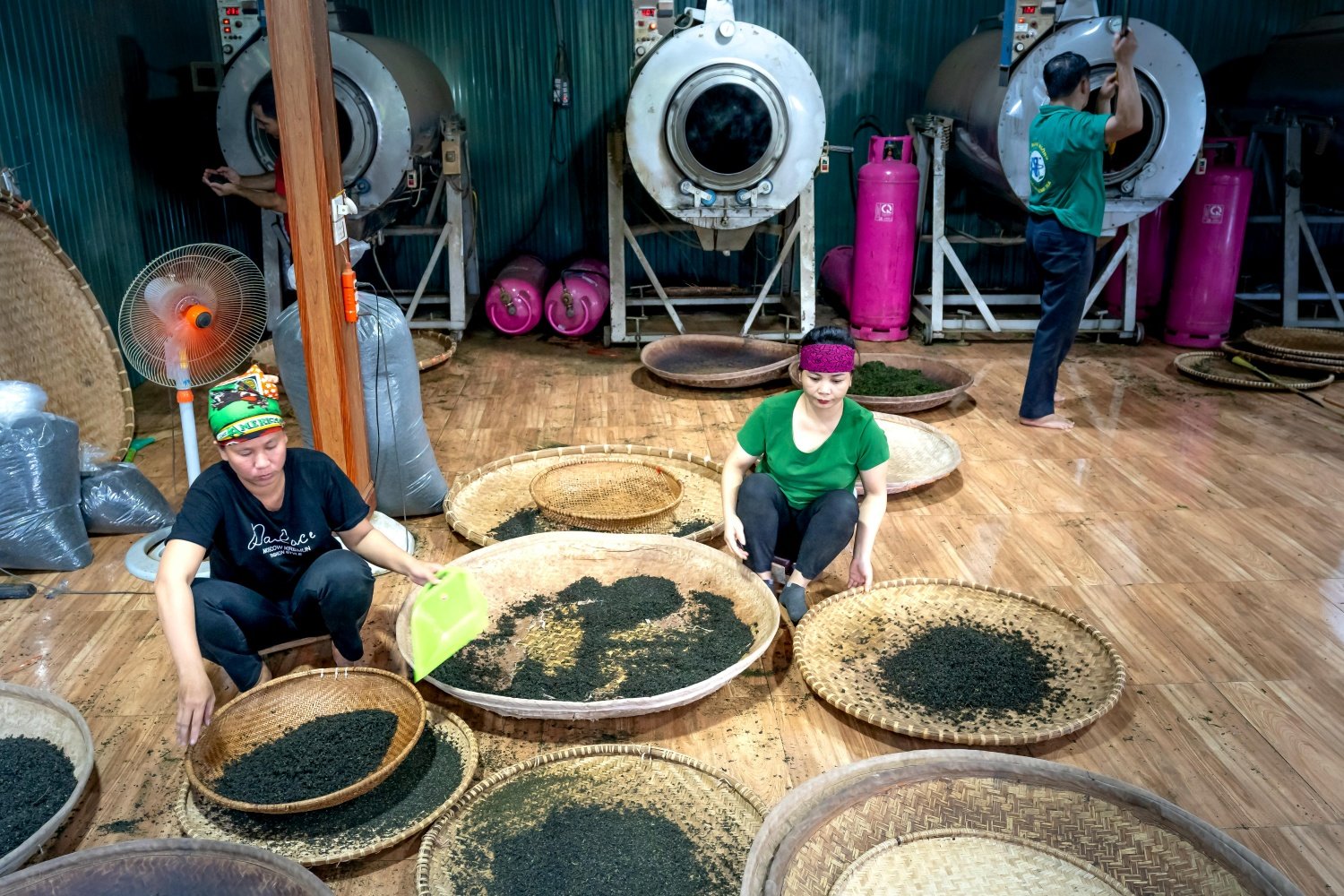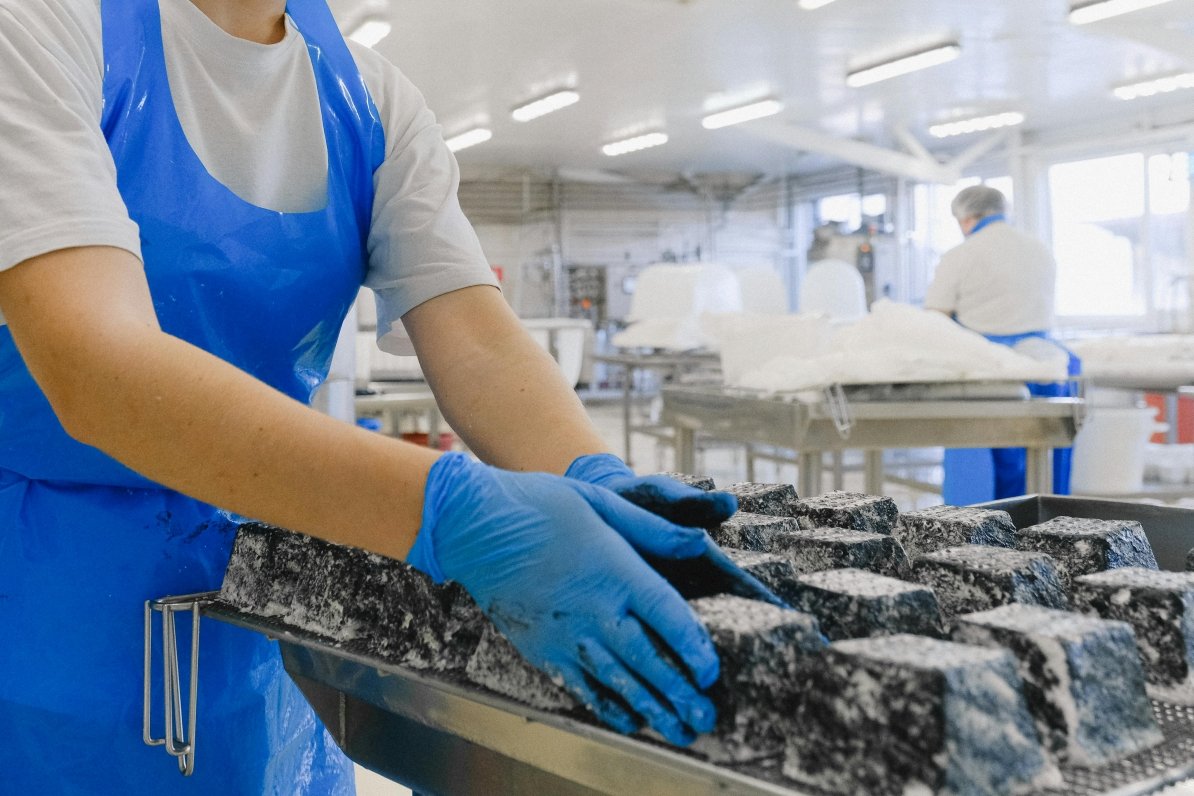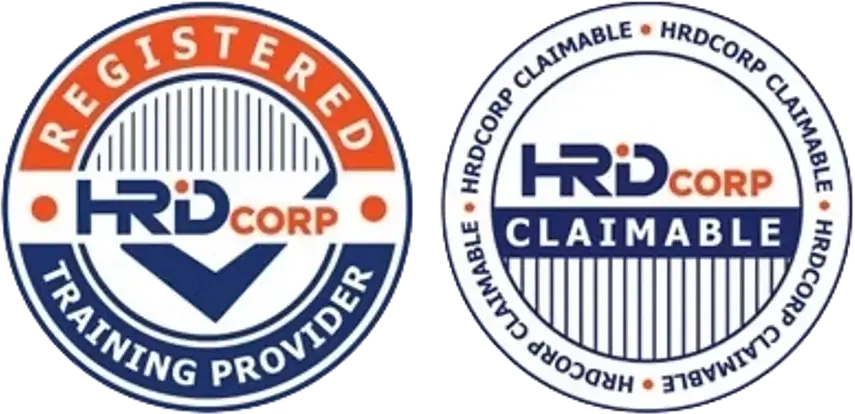What Role Does Supplier Control Play in a Strong HACCP System?
When food manufacturers talk about HACCP, the focus often falls on production processes inside the factory. But many food safety issues actually start before raw materials even arrive at your door. That’s where supplier control becomes a crucial foundation of a strong HACCP system.
Without proper supplier management, even the best HACCP plan may fail. Let’s break down why supplier control matters, and how it integrates directly into your HACCP system.

✅ Why Supplier Control Is Critical in HACCP
-
Raw Material Hazards
-
Suppliers are the first link in your food safety chain.
-
Poor supplier practices can introduce biological, chemical, or physical hazards.
-
Contaminated ingredients make HACCP controls harder downstream.
-
-
Regulatory and Certification Compliance
-
HACCP and GFSI-recognized schemes (FSSC 22000, SQF, BRCGS) require supplier approval processes.
-
Authorities may hold your company responsible for unsafe raw materials, not just the supplier.
-
-
Food Fraud Prevention
-
Supplier verification reduces the risk of adulteration, mislabeling, and economic fraud.
-
Protects your brand reputation and consumer trust.
-
-
Consistency in Product Quality
-
Reliable suppliers mean fewer variations in raw materials.
-
Prevents frequent HACCP plan adjustments due to ingredient inconsistencies.
-
📌 Key Elements of Supplier Control in HACCP
-
Supplier Approval Program
-
Define criteria before onboarding a supplier.
-
Evaluate certifications (ISO 22000, FSSC 22000, HACCP, GMP).
-
Assess compliance history, audit results, and capacity.
-
-
Supplier Audits & Assessments
-
Conduct on-site or remote audits to check food safety practices.
-
Review HACCP plans, sanitation controls, allergen management.
-
Schedule regular reassessments, not just one-time checks.
-
-
Raw Material Specifications
-
Clearly define quality, safety, and handling requirements.
-
Include microbiological limits, allergen declarations, packaging standards.
-
Prevents ambiguity between buyer and supplier.
-
-
Certificates of Analysis (COA) & Testing
-
Require COAs for each batch of high-risk ingredients.
-
Verify through random third-party lab testing.
-
Ensures supplier claims are accurate.
-
-
Approved Supplier List (ASL)
-
Maintain a documented list of evaluated suppliers.
-
Regularly update based on performance and audit results.
-
Helps staff quickly verify approved sourcing.
-
-
Performance Monitoring
-
Track delivery consistency, defect rates, complaint history.
-
Link supplier scorecards to HACCP system reviews.
-
Disqualify non-compliant suppliers when risks outweigh benefits.
-
-
Emergency Sourcing Protocols
-
Avoid “last-minute” purchasing from unknown suppliers.
-
Pre-approve backup suppliers for critical materials.
-
Document risk assessments for emergency sourcing decisions.
-
🚀 Benefits of Strong Supplier Control in HACCP
-
Reduces food safety risks at the earliest stage.
-
Strengthens compliance with HACCP, ISO 22000, and FSSC 22000.
-
Builds consumer trust through consistent product safety.
-
Minimizes recalls, rework, and costly waste.
-
Supports long-term brand protection and market access.

Final Takeaway
👉 A strong HACCP system is not just about controlling hazards inside your facility.
It begins with supplier control, ensuring that every raw material entering your process meets safety and quality standards.
By integrating supplier approval, monitoring, and verification into your HACCP plan, your company can build a more resilient and trustworthy food safety management system.


